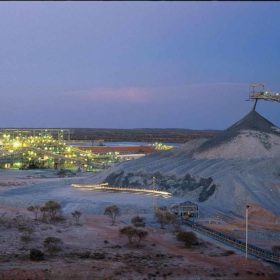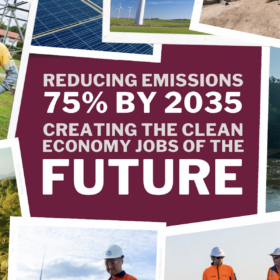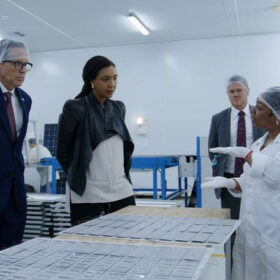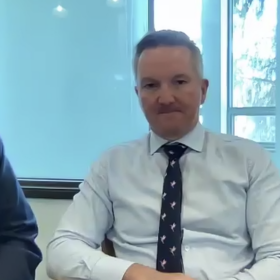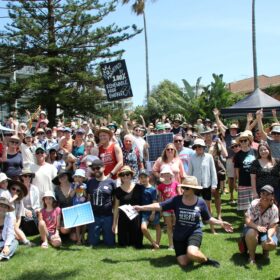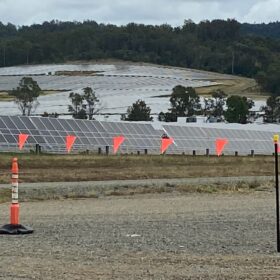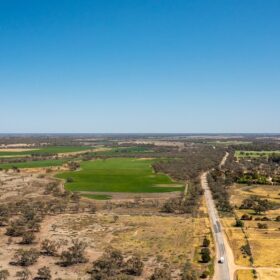Federal government joins WA in supporting nickel miners
The federal and WA governments are stepping in to support struggling nickel producers with tax credits, critical listing grants, and rebates.
Action over rhetoric, calls to see PM’s ambition followed with funding
Anthony Albanese’s plan to fund Australia’s quest to become a renewable energy superpower and position itself as a global player for decarbonisation and clean energy doesn’t move fast or bold enough, according to industry experts.
Queensland government to legislate 75% emissions reduction target
The Miles government in Queensland introduced legislation to state parliament today to formalize its emissions reduction target. The move takes the form of the Clean Economy Jobs Bill, which the state’s energy minister says will help create 100,000 new jobs.
The path beyond 5 TW
With the COP28 climate summit in Dubai resulting in a pledge of at least 11 TW of renewables generation capacity by 2030, Bruce Douglas, chief executive officer (CEO) of the Global Renewables Alliance (GRA), examines the outcomes of the conference and their likely impact on the solar industry.
Snapshot of anti-renewables rally at Parliament House
A little over one week ago, a collection of anti-renewable energy protesters rolled into Canberra, calling for a slowdown – if not halt – in renewable energy development. Attendees to the Rally Against Reckless Renewables also conveyed messages on vaccines and the World Health Organisation, the “Great Reset”, the United Nations, and other conspiracy minded themes.
Weekend Read: Blackouts trigger a PV pivot
Decades of mismanagement have eroded trust in South Africa’s state-owned energy utility, Eskom. Last year, households and businesses suffered daily blackouts of up to 10 hours, or even longer. Solar and battery energy storage are booming but a domestic PV manufacturing industry has yet to materialize.
Bowen says coalition ‘whipping up community concern’ over renewables, energy transition
Climate Change and Energy Minister Chris Bowen has accused the Liberal and National parties of fomenting community opposition to renewable energy development, in a webinar hosted by Smart Energy Council today. Bowen warned the “fight isn’t over the and stakes are very high,” at the next election for Australia’s energy transition.
Communities rally to say ‘yes to renewables’
Renewable energy supporters and unions were activated last weekend to attend simultaneous family events in Wollongong and Newcastle, NSW, Gippsland and Portland, Victoria, and Gladstone, Queensland in support of solar, wind, and large scale energy storage. The events stood in contrast to growing community resistance to renewables and electricity transmission projects.
Commissioning process spoils improvements in solar project timelines
Australia’s energy transition risks falling behind with a new report showing that the time required to plan, build and commission a large-scale solar farm is almost four years with the final stage of the process having blown out to six months or more.
Transgrid unveils preferred route for VNI West project
Transgrid has released details of its preferred route for the northern portion of the VNI West interconnector project that will connect the New South Wales and Victoria electricity grids.
